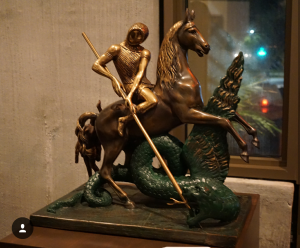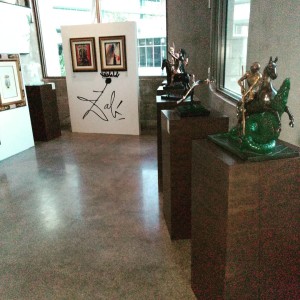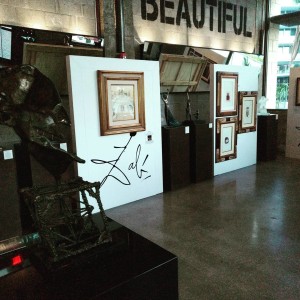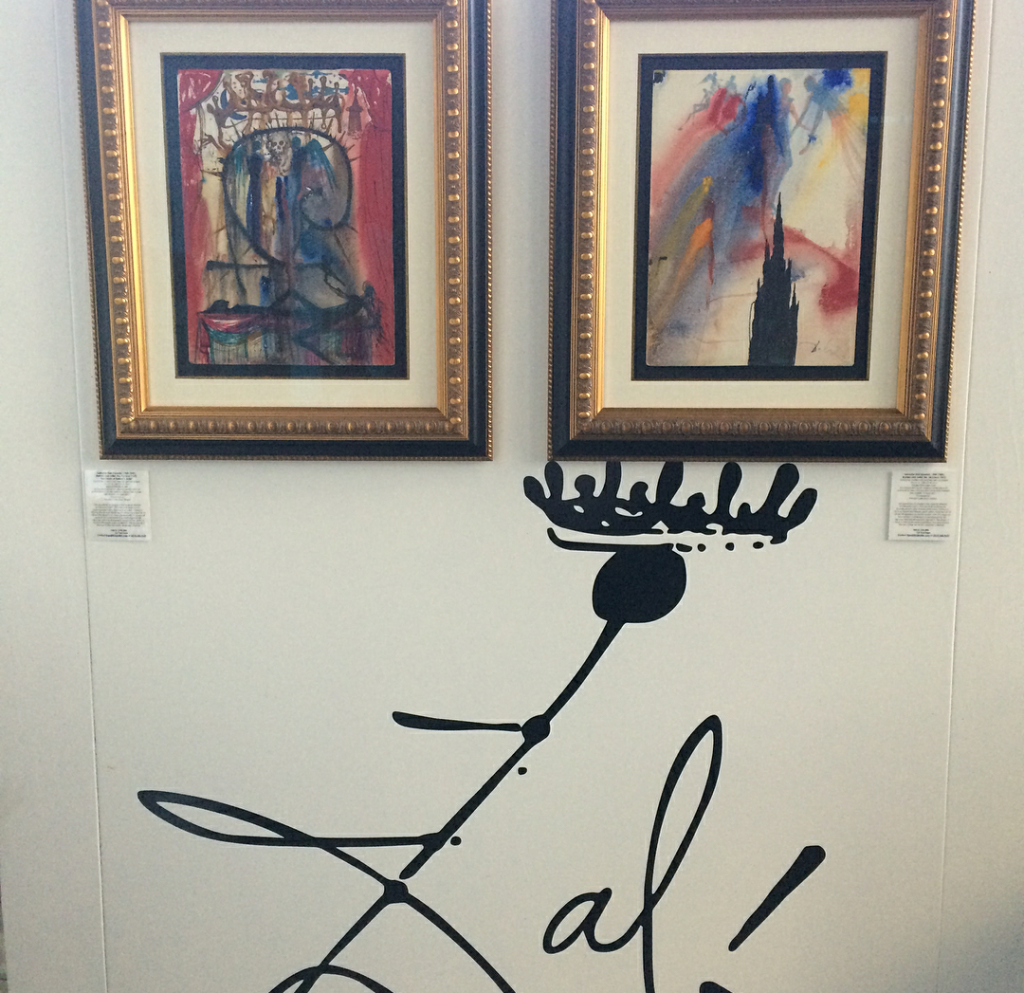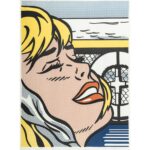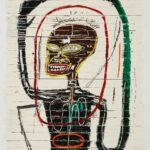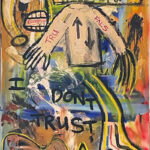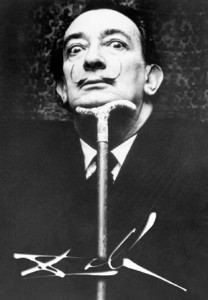


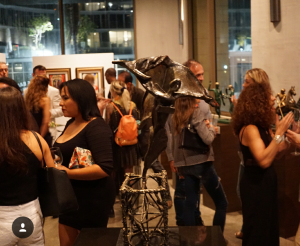

Salvador Dalí (Spanish, 1904-1989)
(RIGHT)
Salvador Dalí (Spanish, 1904-1989)
Accompanied by an original certification of authenticity from Nicolas and Oliver Descharnes
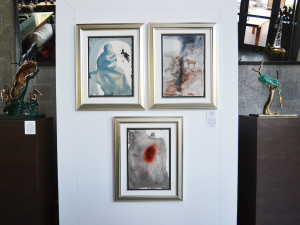
Biblia Sacra 68 – Seduxisti me, Domine (1964)
Biblia Sacra 95 – Consummatum est! (1964)
Each work is accompanied by an original certification of authenticity from Nicolas and Oliver Descharnes
These works are part of the original artworks of Salvador Dalí’s suite of illustrations for a new edition of the Bible, referred to as the Biblia Sacra. Published in 1969 by Rizzoli Editions, the Biblia Sacra consisted of five volumes, bound in leather, containing text from the Bible. The suite was commissioned by Dalí’s good friend and leading Dalí patron Guiseppe Albaretto, who wanted to lead the artist to God and back to the Catholic Church. The bible consisted of 105 offset lithographic illustrations on heavy rag paper of various biblical scenes that were created after 105 original works created by Dalí. The illustrations, rich in both color and content, show the artist’s range of creativity as they exhibit a wide variety of imagery – some Christian and some based on classical mythology. This gouache is the 95th original work titled Biblia Sacra 95 – Consummatum est! of the set of 105 images.
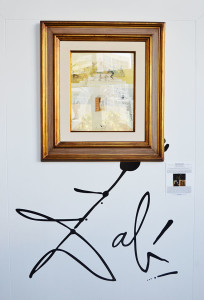
Salvador Dalí (Spanish, 1904-1989)
Triumph of the Toreador (1969)
Watercolor, oil and pencil on card
19⅜ x 15. in. (49.2cm x 40cm.)
Signed and dated “Dalí/ 1969″ lower center
Provenance: Private Collection
Sale: Sotheby’s, New York, 8 November 2001, lot 294
Private Collection, New York
Private Collection, Texas
This work is an idea for a set design for the opera Carmen act IV “Lillias Pastia’s Tavern”
This work is accompanied by certification of authenticity from Robert Descharnes (Ref# D-968) This represents the Gold-Standard of certification for Dali, used by all major auctions
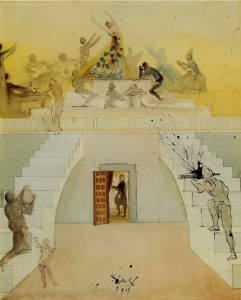
Salvador Dali venerated Spanish master Diego Rodríguez de Silva y Velázquez (nee. Diego Velasquez). Velasquez (1599-1660) was the leading artist in the court of King Philip IV. He is considered the most important painter of the Spanish Golden Age. Dali stated “I [Dali] am not a good painter, because I am too intelligent to be a good painter. To be a good painter you’ve got to be a bit stupid, with the exception of Velasquez, who is a genius whose talent surpasses the art of painting and to life. I owe everything. Because the day that Dali paints a picture as good as Velasquez, Vermeer or Raphael… The next week he will die. So I prefer to paint bad pictures and live longer“.
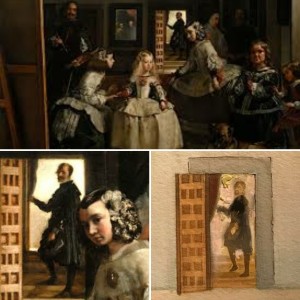
Velasquez’s towering masterpiece “Las Meninas” (1656), primarily depicts the infanta Margarita surrounded by maids and chaperones beside the painter himself working on a large canvas. The painting’s mind-bending affects place the viewer in the viewpoint of the King and Queen (who are reflected in the mirror on the far wall) while being painted by Velasquez and attended by their daughter. A mysterious man lingers in the background. The painting, which hung in Spain’s Museo Nacional del Prado during the lifetime of Dali, became a pilgrimage point any aspiring artist would undertake for intensive study. Velasquez’s profound influence is found in Dali’s paintings such as Velázquez Painting the Infanta Margarita with the Lights and Shadows of His Own Glory (1958), The Maids of Honour (Las Meninas) (1960), and Portrait of Juan de Pareja repairing a mandolin string (1960). In 1960 he took part in a group exhibition at the Sala Gaspar Gallery in Barcelona, entitled O figura. Homenaje informal a Velázquez, with a text that praises Velazquez, illustrated with a reproduction of Las Meninas. At the end of that same year he organized an exhibition at the Carstairs Gallery in New York under the title The Secret Number of Velázquez Revealed.

